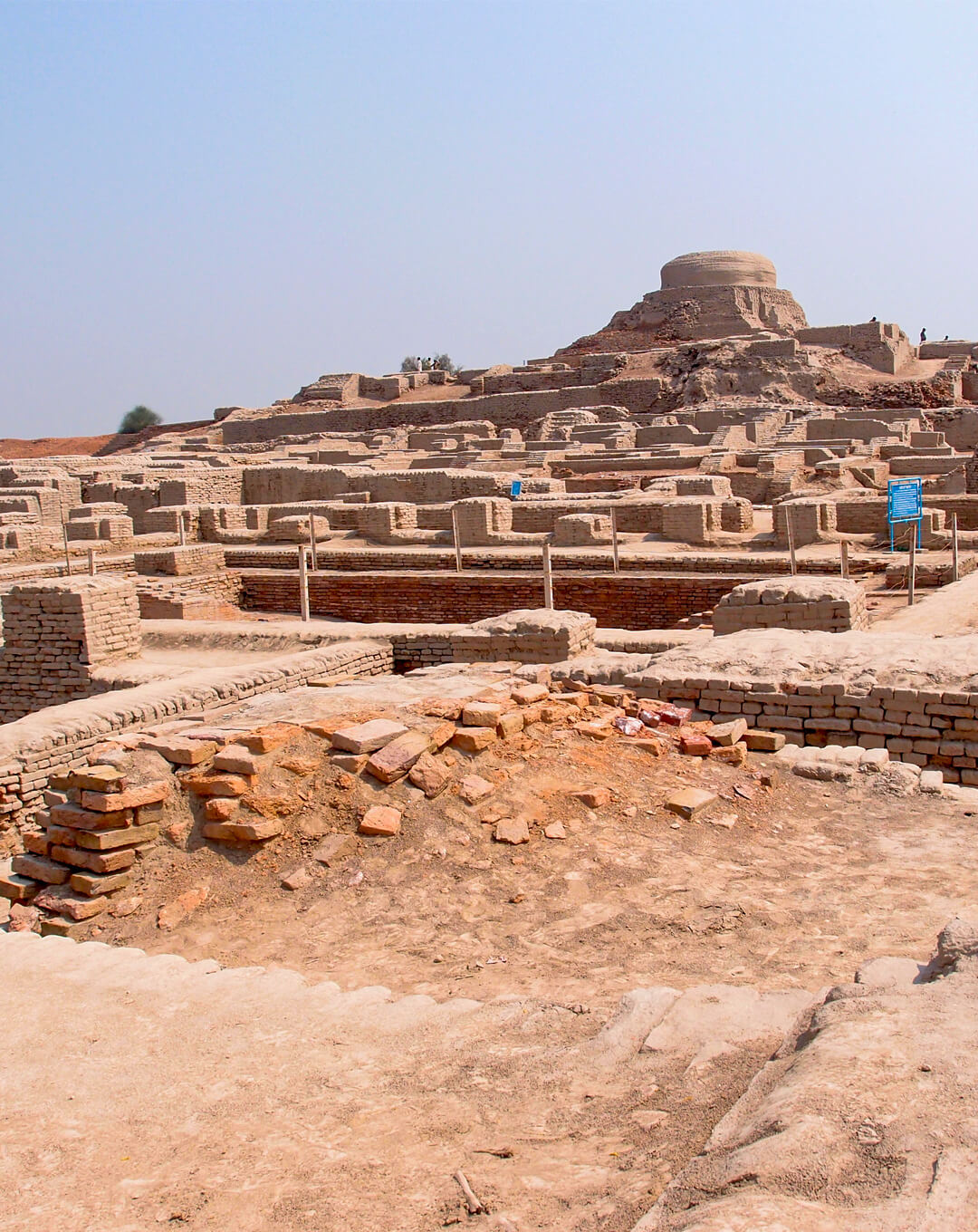At the end of a summer that has highlighted the serious implications of man’s relationship to water all over the world, the Il Bisonte Journal dedicates a few posts to positive examples of this relationship. From Italian rivers drying up to the “new” Orti Dipinti in Florence, to touch upon the emergency that Pakistan is living through these days.
A “climatic massacre” is what António Guterres, Secretary-General of the United Nations, called it. One third of Pakistan’s immense territory is flooded. The melting Himalayan glaciers and the rains from an exceptional monsoon have poured down so much water that it has displaced millions in the country, and taken the lives of more than a thousand people. Period.
Now might this journalistic attack, slightly longer than a tweet, be enough to arouse compassion, to stand united in protecting the environment ? We’ll add a picture as proof.
From “climatic massacre” to a very ancient city.
Mohenjo Daro is an archaeological site in Pakistan. A city whose origin dates back to a fantastical period, where dates are mostly used to impress. On the banks of the Indus, exactly a century ago this year, an expanse of houses and buildings, squares and…drainage systems was discovered.
We often hear, even during humanitarian crises, about returning to “traditional methods.” For Pakistan that would be elevating houses on stilts which helps protect against flooding.
Ways to live on the banks of the Indus.
Mohenjo Daro was also flooded, and suffered serious damage on the anniversary of its discovery. Here, however, the water level was considerably lower than in the nearby modern city of Larkana. This means the drainage system still held up thousands of years later. Thanks to a traditional method? Ancestral?
Pakistan contributes only 1% to greenhouse gas emissions, but ranks among the top 10 countries most at risk for climate disasters. Water is a source of life, a haven in ancient times, since the age of Mohenjo Daro. It is not hard to find the culprit, where the water drags with it the memory of when man knew how to live on the banks of the Indus.
